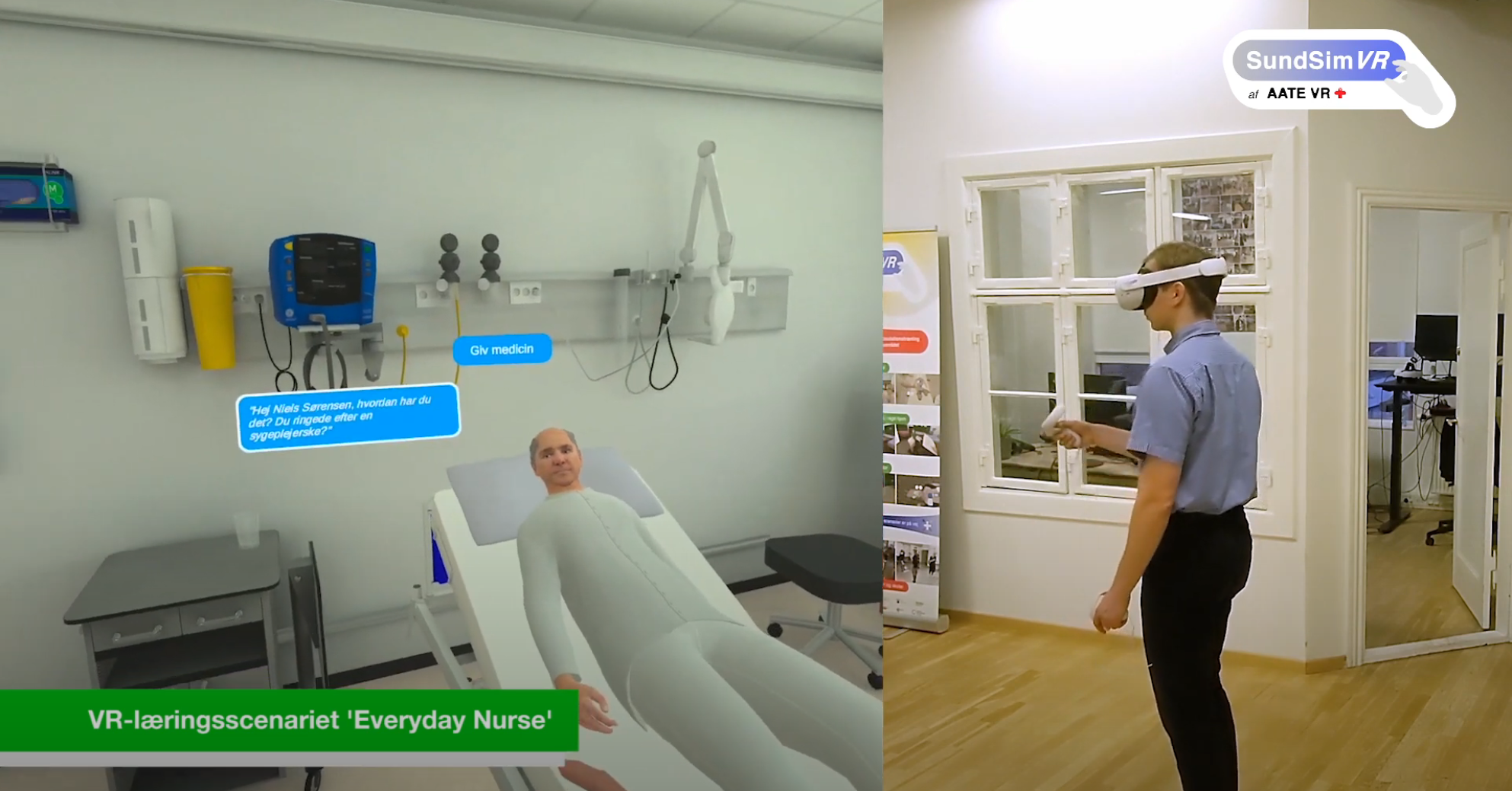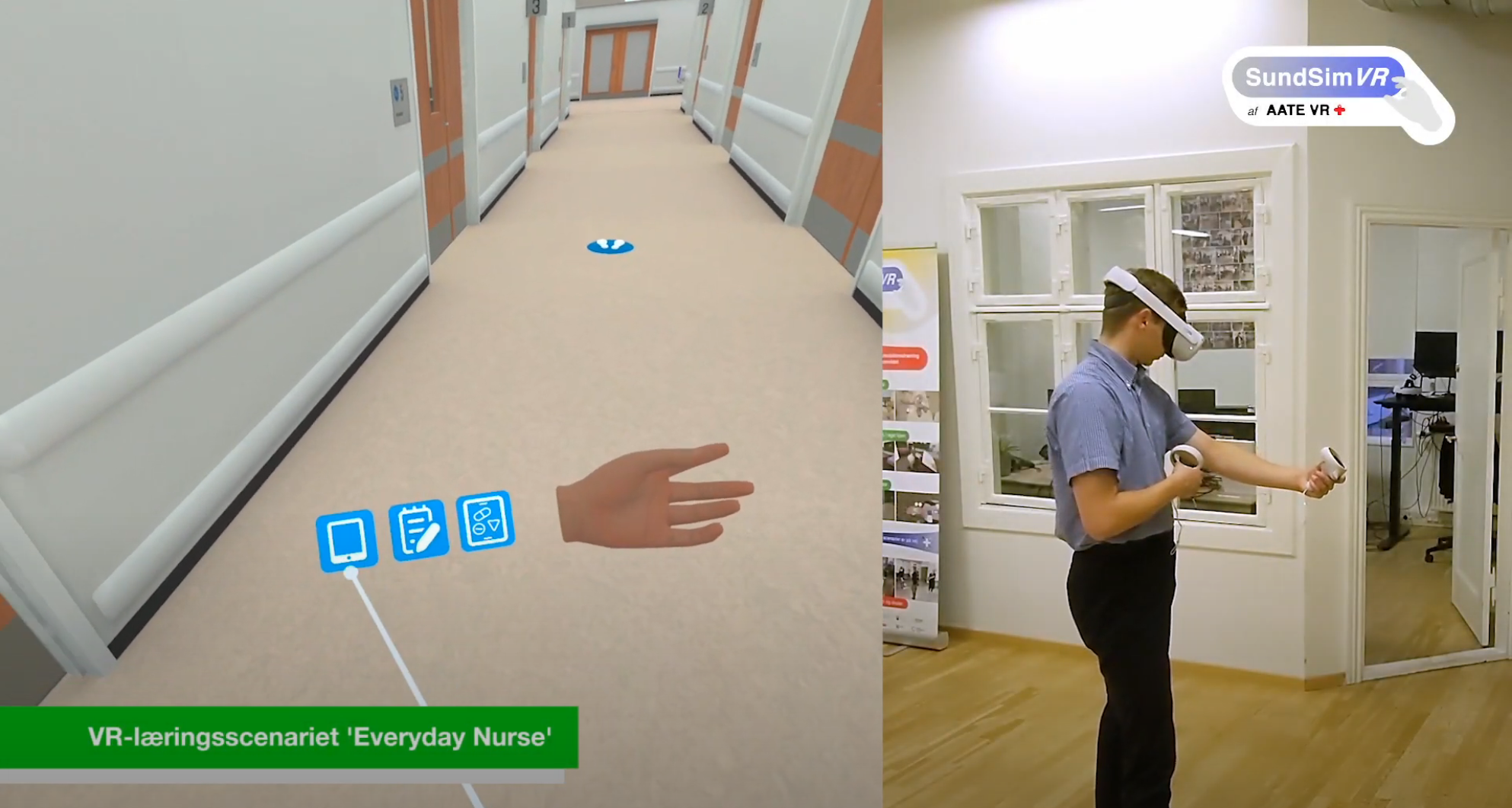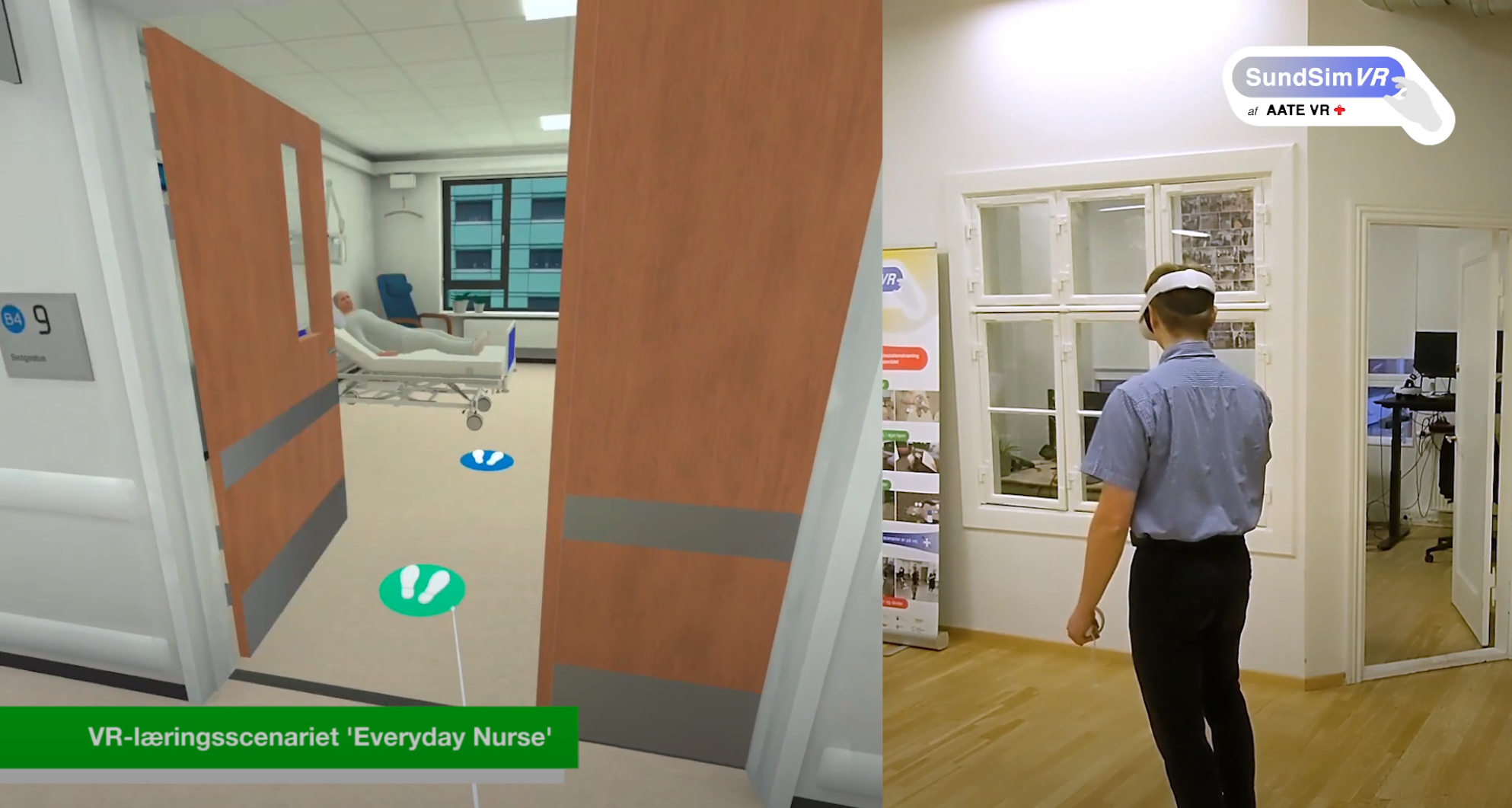Everyday Nurse: Redesigning Immersive Healthcare Training
Everyday Nurse is a virtual reality training tool designed to teach nursing students how to manage, prioritize, and delegate patient care in a hospital setting. I led a complete overhaul of the original concept, building a new experience with a focus on improving educational outcomes and user interaction. The updated version introduces a new engine, refined interactions, and immersive tools to enhance the training process while maintaining the core concept of managing patient care during a busy shift.
Conversation Tree Design
One of the key challenges was laying out a conversation tree that would guide the users through realistic dialogues with patients. We carefully structured these interactions to ensure that the educational content—such as assessing patient needs and responding appropriately—was delivered effectively. The branching conversations help students learn how to communicate under pressure, making sure they receive the necessary information while maintaining a professional demeanor.

Wristband Interaction
To streamline the interaction process, we implemented a wristband system where users are alerted when patients call for assistance. This wristband serves as an access point for viewing patient details and needs through a virtual tablet, allowing users to assess situations quickly. Additionally, the left hand functions as a versatile tool, giving the nurse immediate access to necessary equipment, making multitasking more intuitive in the VR environment.

Teleportation and User Positioning
Unlike most VR experiences, where users can teleport freely, we introduced a more controlled teleportation system to ensure proper positioning during patient interactions. This prevents disorientation and keeps the user focused on the task at hand. Many users, especially those new to VR, struggle with free movement, so by guiding their positioning and interactions, we could keep the experience immersive while ensuring users could concentrate on the learning material.
